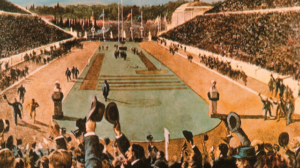The Panathenaic Stadium, commonly known as the “Kallimarmaro,” stands proudly in the heart of Athens, near the Zappeion, at the base of Ardittos Hill. It is a unique monument and a living symbol of ancient Greek athletic and cultural heritage. The Kallimarmaro is a true gem of sports and Olympic history, renowned globally for its significance.
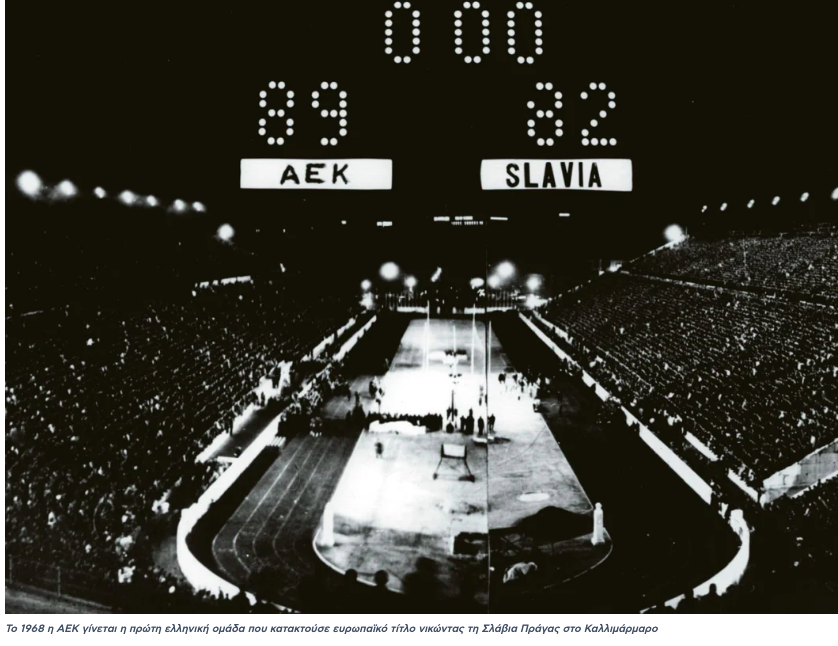
This impressive stadium, with a history stretching back 2,353 years, was originally built in 338 BC and inaugurated in 329 BC. It beautifully marries the ancient Greek spirit of athletics and the Olympics with the cultural achievements of modern Greece. It has hosted three Olympic Games: the first modern Olympics in 1896, the 1906 Intercalated Games, and the 2004 Games, where it served as the venue for archery and the marathon finish.
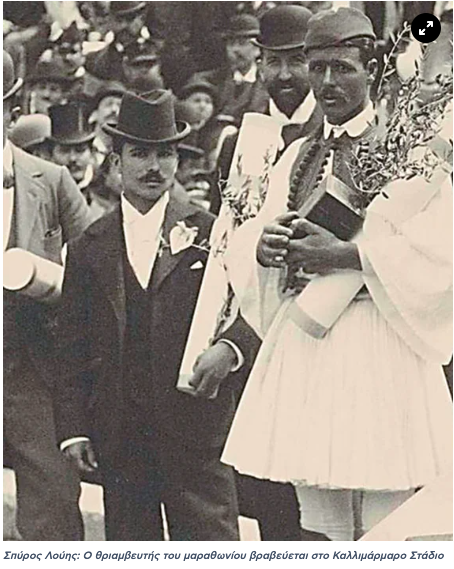
Throughout September, the Kallimarmaro hosted several memorable events, including the “Athens, 20 Years Later” celebration, revisiting the glory of the 2004 Olympic Games and the triumph of the Greek national football team at Euro 2004. This event reminded attendees of Greece’s recent successes in the Paris Olympic and Paralympic Games.
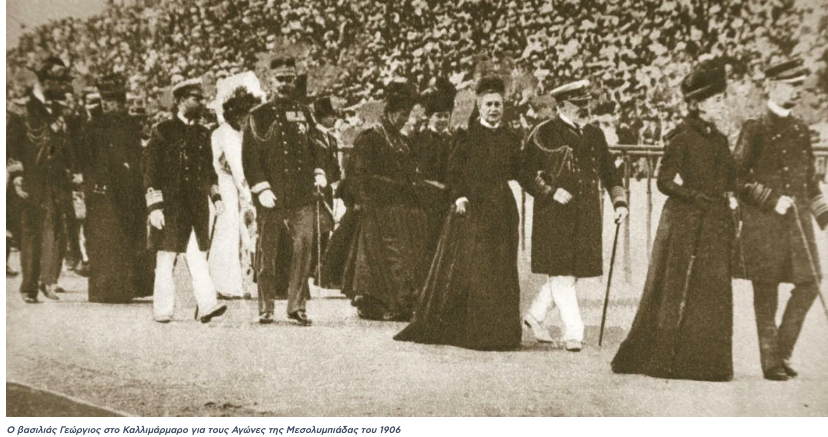
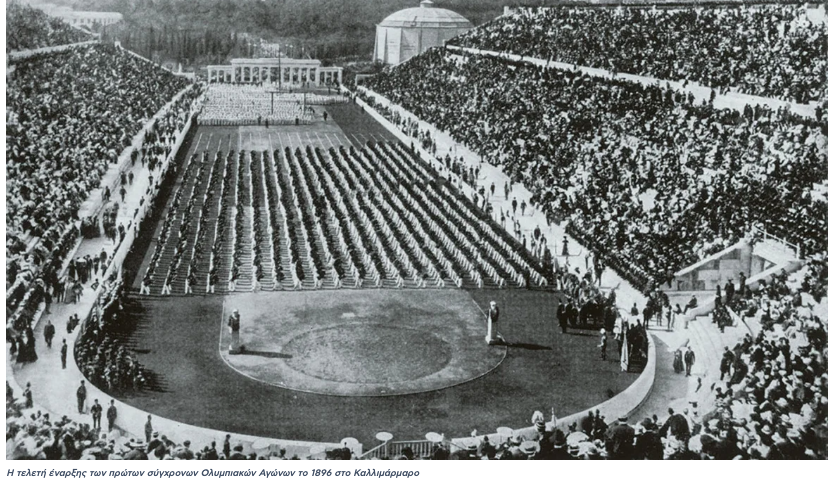
The Kallimarmaro is not only a place for sports but also a site of honor and remembrance. It is the oldest functioning stadium in the world, and its modern form, reconstructed in the 19th century, continues to be a focal point for sports and cultural events. Recently, it even saw a temporary return of basketball to its grounds, hosting the “Pavlos Giannakopoulos” tournament, with 45,000 fans in attendance.
One of the stadium’s golden moments occurred in April 1968 when AEK became the first Greek team to win a European title in basketball, witnessed by a world-record crowd of 80,000 fans.
Beyond sports, the Kallimarmaro has hosted cultural highlights such as concerts, theatrical performances, and most recently, the First Global Challenge 2024, a worldwide robotics competition featuring 3,000 students from 198 countries.
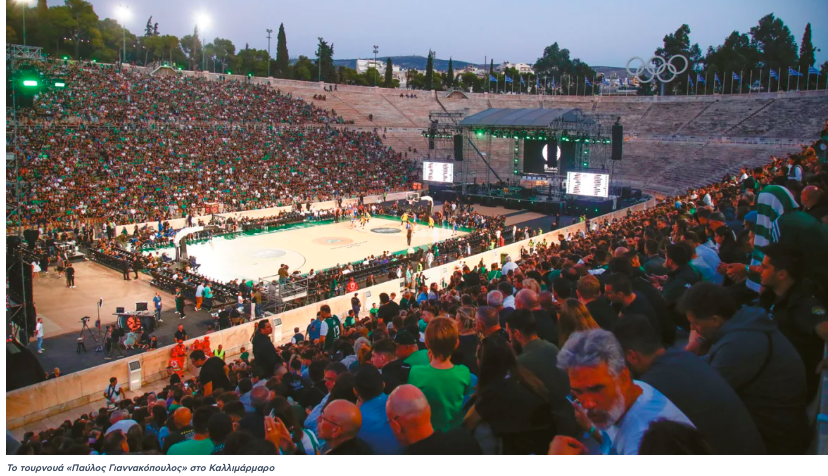
Despite the passage of time, the Panathenaic Stadium remains a vibrant hub of athleticism and culture, continuing its legacy into the modern era. It is managed by the Hellenic Olympic Committee, which carefully selects events that promote sports, Olympic values, and cultural creation, drawing in generations of spectators.
Historically, the stadium was originally constructed by the statesman Lycurgus in a natural hollow between the hills of Ardittos and Agra. In its Roman-era transformation, the wealthy Athenian benefactor Herodes Atticus rebuilt it with Pentelic marble, giving it its distinctive horseshoe shape and seating capacity for 50,000 spectators. Today, it is the only stadium worldwide made entirely of marble, a true architectural marvel.
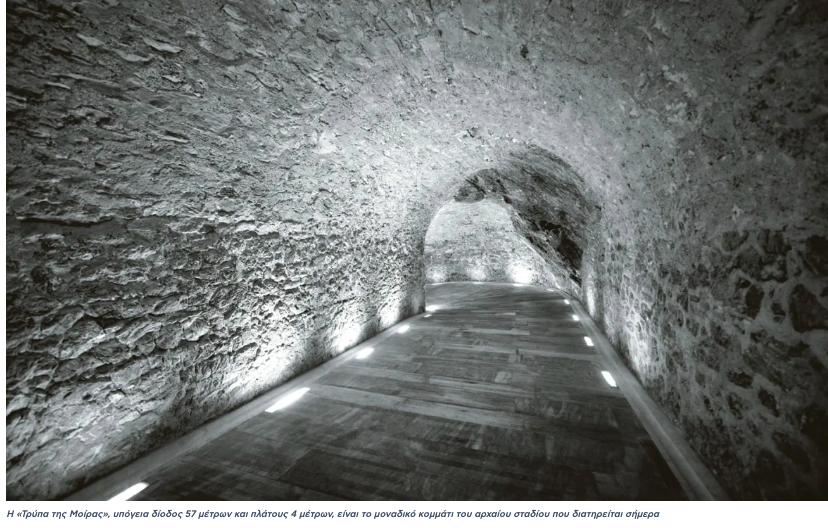
Legends from the Middle Ages speak of a mystical passage in the stadium, called the “Fate’s Hole,” believed to house magical forces. Over time, the stadium fell into disrepair but was brought back to life in 1870 during archaeological excavations. Its full restoration was completed just in time for the 1896 Olympic Games, thanks to the financial support of benefactor George Averoff.
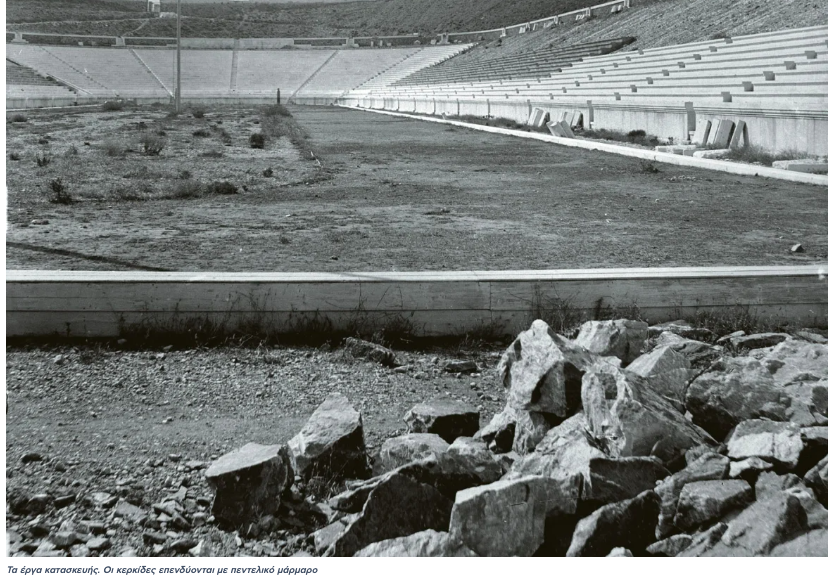
The Panathenaic Stadium continues to shine as a symbol of peace, unity, and fair play, reminding the world of its timeless connection to both ancient and modern Olympic history.
Ask me anything
Explore related questions
